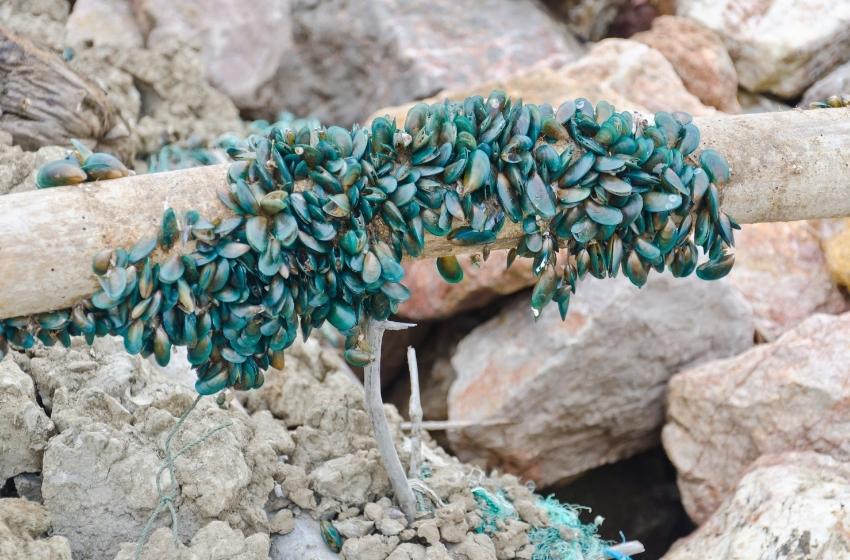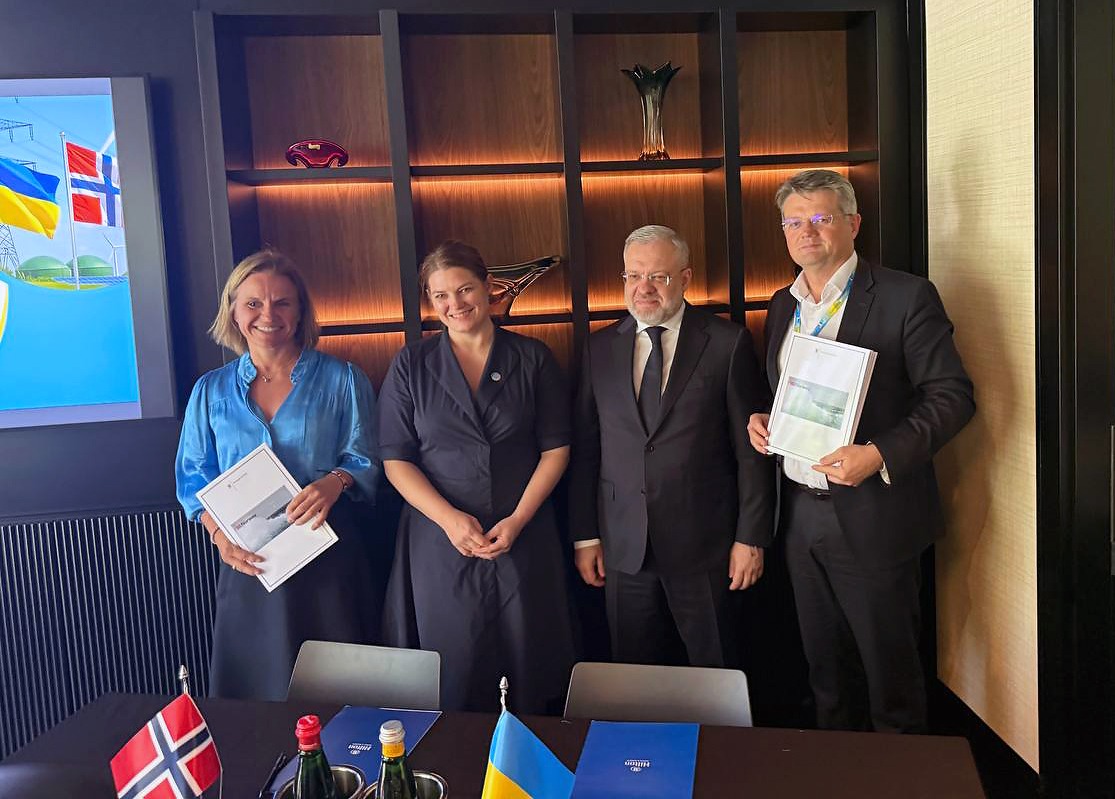Professor of the Hydrobiology department of the Odesa National University Simeon Grinbart demonstrated to students an especially large mussel with a shell length of 14.3cm during his lectures. He classified it as a species of ‘herculea’. The mussel was found by the professor in 1939 while examining accretions on the vessel Patagonia, which had sunk in the Black Sea in 1915. As the ship was raised from the bottom of the sea, it was unknown for how long the mollusc had been attached to the ship’s hull. The age of molluscs was formerly measured by examining their length and the radial growth rings on shell valves. But studying shell cross-sections under the microscope proved such an approach to be wrong.
According to Valentine Zolotarev, who developed a new method of age estimation based on the study of shell cross-sections, with age molluscs stop growing in length and begin to thicken as if folding their front parts. Unfortunately, Professor Grinbrat’s giant mussel had not been preserved, but measurements based on the new method showed that the age limit of a mussel recorded in the Black Sea was 28 years. The length of a mussel found in 1984 in Dzharylhach Bay was 11.4cm, which was 3 cm shorter than ‘herculea’. However, not many molluscs survive to this old age. And the average age of mussels in the Black Sea is 5-6 years.

By examining the valves of dead molluscs in order to estimate the age of mussels that lived in different parts of the Black Sea at different times, it is possible to glean information about changes in ecological conditions for that regions. The cooler it is and the less food is available, the longer mussels live, like all poikilothermic molluscs. Thus, mussels, one of the most widespread molluscs in the Black Sea, are not only the trademark of the Black Sea coast, but also a reliable biological tool for an assessment of the state of marine ecosystems.
So, how do mussels occupy new territories while following a sedentary lifestyle? The spawning of mussels occurs in intervals, and in the Black Sea it usually takes place in December-January. During one spawning period, a female mussel is able to spawn several million mature egg cells, but only a small portion become full-fledged mussels. Larvae formed as a result of external fertilisation become a part of plankton – the community of tiny organisms carried passively by sea currents. During this journey, larvae gradually fatten and grow by consuming unicellular algae. Progressively, the tissues for future organs are formed, with the foot serving as a sail of sorts, which helps larvae to manoeuvre through the water column. The next stage of development is as follows: larvae turn upside-down, and the ‘sail’ disappears and is replaced by the formation of locking muscles. Finally, shell valves begin to grow. At the stage of transformation into a shell (as a rule, 1.5-2 months after the beginning of their life) larvae no longer swim, and endeavour to cling to stone substrates, forming entire mussel reefs.
The publication was prepared with the financial support of the EU – UNDP project ‘Improving Environmental Monitoring in the Black Sea: Selected measures’ (EMBLAS-Plus). This publication was produced with the financial support of the European Union and UNDP. Its contents are the sole responsibility of the authors and do not necessarily reflect the views of the European Union or UNDP
Authors: B. Aleksandrov, O. Adrianova, N. Atamas, V. Bolshakov, O. Bondarenko, I. Chernichko, V. Demchenko, S. Dyatlov, Y. Dykhanov, E. Dykyi, O. Garkusha, P. Gol’din, S. Hutornoy, V. Komorin, Y. Kvach, V. Mamaev, O. Manturova, O. Marushevska, A. Mikelyan, Yu. Mikhalev, G. Minicheva, I. Sinegub, T. Shiganova, J. Slobodnik, A. Snigiryova, M. Son, K. Vishnyakova, A. Zotov. Illustrator: I. Pustovar.






















